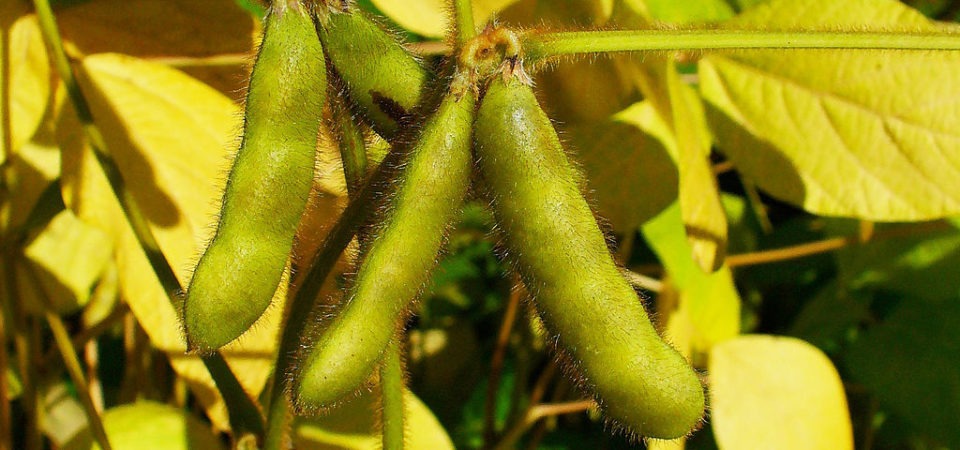Item Link: Access the Resource
Date of Publication: December 8
Year of Publication: 2022
Publication City: New York
Publisher: Inverse
Author(s): Klas Lundstrom, Fredrik Lerneryd
One evening in 2017, María Hilda collapsed. She was at home in Limo’y 2, a farming colony of around 100 families in Alto Paraná Department, 15 miles from the Paraná River, which acts as a floating border between Paraguay and Brazil.
Lying on her floor, Hilda could neither move nor talk. “I wanted to scream but couldn’t,” the 55-year-old subsistence farmer recalls to Inverse. “My body simply refused to obey me. I’d never experienced chills like that before.” Once she could move, Hilda sought medical attention at the local health center. Doctors said her symptoms resembled those that foreshadow a stroke. They prescribed some medication and sent her home. For people like Hilda in Paraguay who can’t afford private health insurance — which is most of the population — health care ends before it can truly change the course of someone’s long-term well-being. “I’ve had no medical checkups since then,” Hilda says. “No analyzed blood samples, just the medication. If things get worse, only God knows what’ll happen.”
Hilda’s poor health didn’t happen overnight. Instead, it crept up on her like a dark shadow. Like most subsistence farmers in Limo’y 2, she leads a life in constant motion: working in the fields, in the garden, and tending the cows, hens, horses, and pigs that keep her family alive. Her diet primarily consists of the crops her family grows. Yet the soil these same crops grow in may also be killing her.
Read the full article here.
The views and opinions expressed through the MAHB Website are those of the contributing authors and do not necessarily reflect an official position of the MAHB. The MAHB aims to share a range of perspectives and welcomes the discussions that they prompt.

